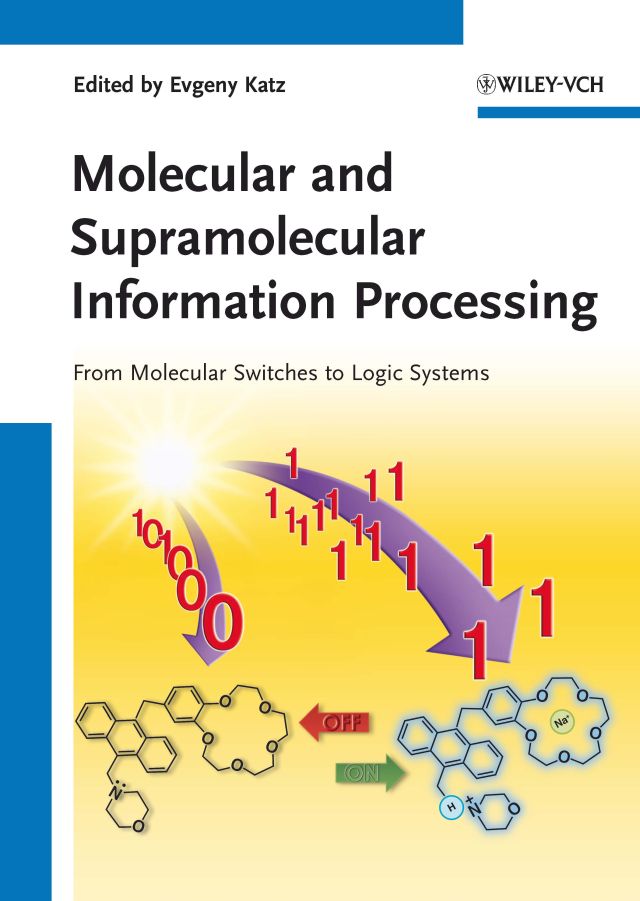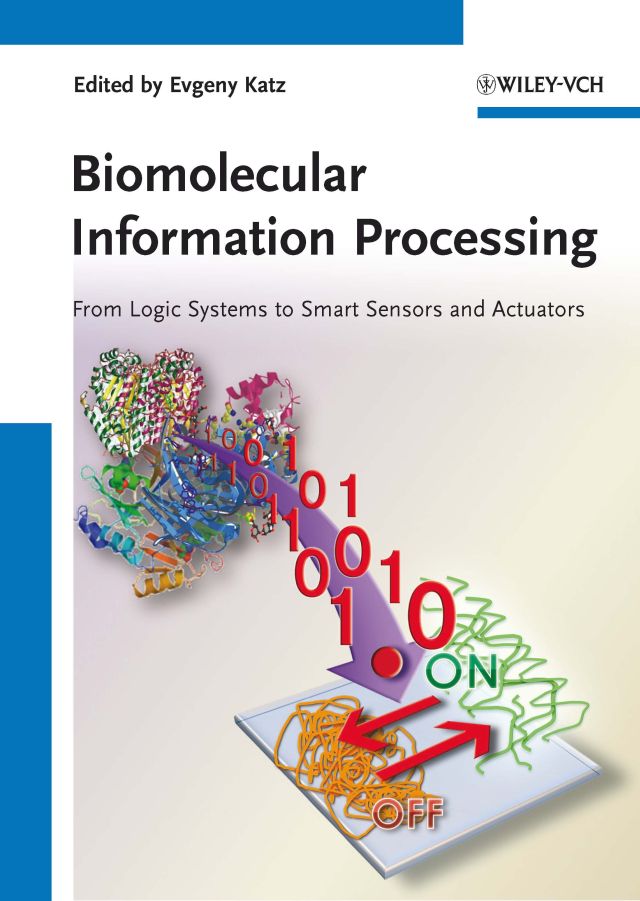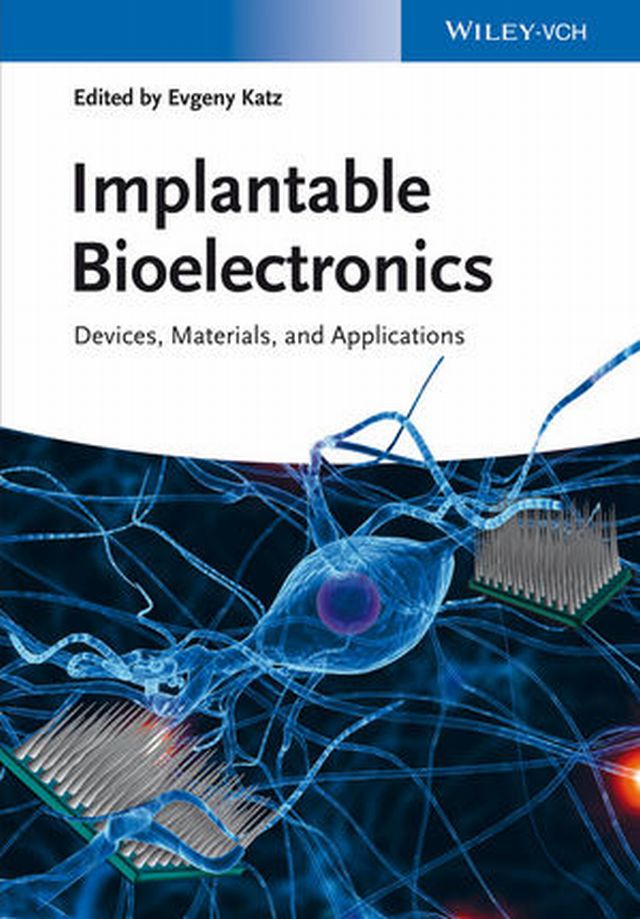 |
Preface from the Editor The use of molecular
systems for processing information, performing logic operations and
finally making computation attracts substantial recent research
efforts. The entire field was named with the general buzzwords,
‘‘molecular computing’’ or “chemical computing”. Exciting advances in
the area include the development of molecular, supra-molecular and
nano-structured systems operating as “hardware” for unconventional
computing, the use of reaction-diffusion media for computational
operations, as well as the creation of novel algorithms and
computational theories for the new “hardware” based on molecules rather
than electronics. Another general scientific and engineering effort is
directed to the integration of unconventional chemical computing
systems with electronic or optical devices for transduction of the
computational results obtained in the form of chemical concentration
changes to electronically readable signals. The various topics covered
highlight key aspects and the future perspectives of molecular
computing. The book discusses experimental work done by chemists and
theoretical approaches developed by physicists and computer scientists.
The different topics addressed in this book will be of interest to the
interdisciplinary community active in the area of unconventional
computing. It is hoped that the collection of the different chapters
will be important and beneficial for researchers and students working
in various areas related to chemical computing, including chemistry,
materials science, computer science, etc. Furthermore, the book is
aimed to attract young scientists and introduce them to the field while
providing newcomers with an enormous collection of literature
references. I, indeed, hope that the book will spark the imagination of
scientists to further develop the topic.
More information about the book is available in the Wiley-VCH web site. Full cover page (front and back side) |
 |
Preface from the Editor The use of
biomolecular systems for processing information, performing logic
operations, computational operations and even automata performance is a
rapidly developing research area. The entire field was named with the
general buzzwords, ‘‘biomolecular computing’’ or “biocomputing”.
Exciting advances in the area include the use of various biomolecular
systems including proteins/enzymes, DNA, RNA, DNAzymes,
antigens/antibodies and even whole biological (usually microbial) cells
operating as “hardware” for unconventional computing. The most
important feature of the biocomputing systems is their operation in
biochemical and even biological environment. Many different
applications of these systems, in addition to unconventional
computation, are feasible; while their biosensor/biomedical use is
obviously one of the most important applications. Interfacing of
biological systems with “smart” biosensors, signal responsive materials
and bioelectronic devices is of highest importance for future
developments in the area of biomolecular computing. The various topics
covered highlight key aspects and the future perspectives of
biomolecular computing. The book discusses experimental work done by
biochemists and biologists and theoretical approaches developed by
physicists and computer scientists. The different topics addressed in
this book will be of high interest to the interdisciplinary community
active in the area of unconventional biocomputing. It is hoped that the
collection of the different chapters will be important and beneficial
for researchers and students working in various areas related to
biochemical computing, including biochemistry, materials science,
computer science, etc. Furthermore, the book is aimed to attract young
scientists and introduce them to the field while providing newcomers
with an enormous collection of literature references. I, indeed, hope
that the book will spark the imagination of scientists to further
develop the topic.
More information about the book is available in the Wiley-VCH web site. Full cover page (front and back side) |
 |
Preface from the Editor The scientific
research and engineering in the area of implantable bioelectronic
devices have been rapidly progressing in the last two decades, greatly
contributing to medical and technological advances, thus producing
numerous applications. Additionally, this research is absorbing novel
achievements and discoveries in microelectronics, computing,
biotechnology, materials science, micromachinery and many other science
and technology areas. The present book overviews the multidisciplinary
field of implantable bioelectronics highlighting its key aspects and
future perspectives. The chapters written by the leading experts cover
different subareas of the science and technology related to implantable
bioelectronics – all together covering the multifaceted area and its
applications. The different topics addressed in this book will be of
high interest to the interdisciplinary community active in the area of
implantable bioelectronics. It is hoped that the collection of the
different chapters will be important and beneficial for researchers and
students working in various areas related to bioelectronics, including:
microelectronics, biotechnology, materials science, computer science,
medicine, etc. Furthermore, the book is aimed at attracting young
scientists and introducing them to the field, while providing newcomers
with an enormous collection of literature references. I, indeed, hope
that the book will spark the imagination of scientists to further
develop the topic.
It should be noted
that the field of implantable bioelectronics relates in some extent to
the fascinating area of unconventional computing, which consideration
was outside the scope of the present book. This complementary area of
molecular/biomolecular computing was covered in two other recent books
of Wiley-VCH: Molecular and Supramolecular Information Processing: From
Molecular Switches to Logic Systems, E. Katz (Ed.), Wiley-VCH,
Weinheim, Germany, 2012 and Biomolecular Information Processing - From
Logic Systems to Smart Sensors and Actuators, E. Katz (Ed.), Wiley-VCH,
Weinheim, Germany, 2012.
More information about the book is available in the Wiley-VCH web site. |
 |
Concentrating
on the natural science aspects of forensics, top international authors
from renowned universities, institutes, and laboratories impart the
latest information from the field. In doing so they provide the
background needed to understand the state of the art in forensic
science with a focus on biological, chemical, biochemical, and physical
methods. The broad subject coverage includes spectroscopic analysis
techniques in various wavelength regimes, gas chromatography, mass
spectrometry, electrochemical detection approaches, and imaging
techniques, as well as advanced biochemical, DNA-based identification
methods. The result is a unique collection of hard-to-get data that is
otherwise only found scattered throughout the literature. More information about the book is available in the Wiley-VCH web site. |

Updated
on June 24, 2016